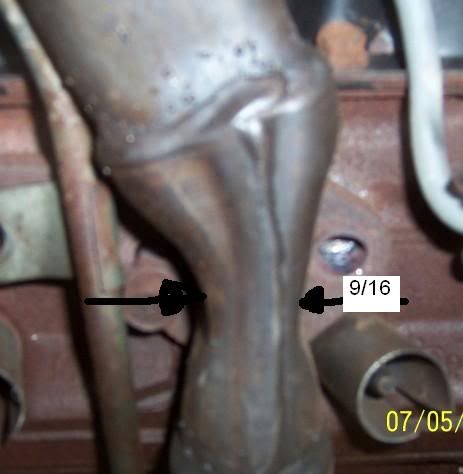Factory or cast exhaust manifolds are tuned for mid-range power band.
"headers" are usually tuned for low-range power band, although "racing" headers move power band to higher RPM range.
So that's the decision, low end or mid range power band
Tuned exhaust creates a low pressure at the exhaust valves in a specific RPM range, this is done by the velocity of the one opening valve flowing down a smaller pipe and into a larger pipe, this expansion into the larger pipe creates a low pressure at the other 3 closed valves(V8) on that bank.
Pipe diameter and length determines when the lowest pressure occurs in the RPM band.
The lower the pressure the less horse power is lost on pushing out the exhaust, so you get an increase in available power, at or near that tuned RPM range.
This is called scavenging the exhaust, "X" and "H" pipes are part of this is as well.
This is where the myth of "back pressure" came from.
i.e. "some engines need back pressure"
No 4-stroke engine runs better with back pressure, quite the opposite.
People would put larger pipes in place of stock exhaust manifold, "free flowing", then go for a drive, "HEY!!, WTF, I lost power"
"this engine must need back pressure"
The result was to be expected but the reason wasn't back pressure, the power loss was because they removed the low pressure created by the velocity of the exhaust traveling down the smaller pipe into the larger.
So they increased the pressure in the system by using a larger pipe size, they eliminated the scavenging gain.
2-stroke engines do need back pressure, just FYI, lol.

















